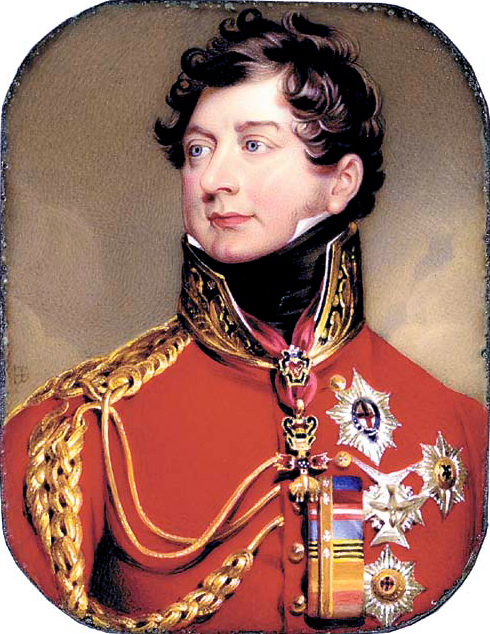On August 21, 1831, Nat Turner (a slave on the Travis farm) and six of his men met in the woods to make their plans. At 2 am, they set out to the Travis household, where they killed the entire family as they slept.
They continued on, from house to house, killing all of the white people they encountered. Turner’s force eventually consisted of more than 40 slaves, most on horseback.
By mid-day the next day, word of the rebellion had gotten out to the whites; confronted by a group of militia, the rebels scattered and Turner’s force became disorganized. (PBS)
Several of the rebels were captured. The remaining force then met the state and federal troops in final skirmish, in which one slave was killed and many escaped, including Turner. In the end, the rebels had stabbed, shot and clubbed at least 55 white people to death.
Nat Turner hid in several different places near the Travis farm, but on October 30 was discovered and captured. His “Confession,” dictated to physician Thomas R. Gray, was taken while he was imprisoned in the County Jail.
On November 5, Nat Turner was tried in the Southampton County Court and sentenced to execution. He was hanged, and then skinned, on November 11. In total, the state executed 55 people, banished many more, and acquitted a few. (PBS)
But that is not the 1831 rebellion this summary is about – this is about an 1831 rebellion in the Islands.
From 1825 until her death in 1832, Kaʻahumanu was one of the staunchest friends of the missionaries and one of the foremost supporters of their cause.
Kaʻahumanu was missionizing throughout the islands, proclaiming the new taboos against murder, adultery, Hawaiian religious practices, hula, chant, ʻawa and distilleries. (Silva)
In 1824, Boki and Liliha, along with some other aliʻi actively opposed Kaʻahumanu and the missionaries. (Silva)
From 1816 to 1829 Boki was Governor of O‘ahu and was in charge of Liholiho’s (Kamehameha II) and then Kauikeaouli’s (Kamehameha III) O‘ahu lands.
Boki participated in establishing a sugar plantation in the upper part of Mānoa valley. Untimely rains raised the stream and destroyed a dam under construction at the mill site. (Kuykendall) His partners constructed a still and began to make rum from molasses. (Daws)
Boki’s trade in entertaining the visiting ships and distilling liquor ran him afoul of the missionaries and Kaʻahumanu. Kaʻahumanu had him fined in 1827 for misconduct, intemperance, fornication and adultery, apparently in connection with his brothels and grog-shops. (Nogelmeier)
Kaʻahumanu ordered the sugar cane on his Manoa plantation to be torn up when she found it was to be used for rum. When Boki could no longer provide the cane for distilling and Kaʻahumanu had the sugar crop destroyed, Boki turned to distilling ti-root. (Nogelmeier)
Then, in 1829, Boki, in debt, attempted to recover his financial situation by assembling a group of followers and set out for a newly discovered island with sandalwood in the New Hebrides; he never returned. Boki’s wife, Liliha, succeeded him in the office of Governor of O‘ahu.
During Boki and Liliha’s tenure (ca. 1830) Chief Abner Paki was appointed konohiki (land agent/overseer) of some of the lands under their control – Paki is Liliha’s cousin.
Kaʻahumanu was concerned about Liliha’s lifestyle (indulging in drinking and other worldly pleasures) and asked her father, Hoapili, to go to Oʻahu and teach his daughter “to let liquor alone and abandon drunkenness, loose living, and wastefulness.” (Kamakau)
Concerned about Kaʻahumanu’s control, in 1831, Paki joined with Liliha in an attempt to take over Oʻahu.
Pahikaua (literally war knife or sword) was the name given to the attempt made by followers of Liliha to retaliate against Kaʻahumanu for the threat made by (her) against Liliha if she continued to live in her independent fashion. (Silva)
However, the Pahikaua rebellion failed.
As a result, Liliha was removed from power and lost official control of most of Kamehameha III’s lands. However, Liliha maintained some of her lands and “continued to play a governess role in Pali Ko‘olau (Ko‘olaupoko) into the mid-1830s.”(Cultural Surveys)
At a national council held April 1, 1831, Kuakini (Governor Adams,) brother of Kaʻahumanu, was appointed governor of Oʻahu, and Naihe governor of Hawaiʻi.
Kuakini proceeded to vigorously enforce the laws of 1829, which had been allowed to become a dead letter under Boki and Liliha. (Alexander)
About a year later, June 5, 1832, Kaʻahumanu died, after an illness of about 3-weeks. She was buried at Pohukaina at ʻIolani Place and later transferred to Mauna ‘Ala, the Royal Mausoleum in Nuʻuanu Valley.
On August 25, 1839, Liliha died unexpectedly in Honolulu, at the age of 37 and was buried at Waineʻe (Waiola) Church cemetery.


















